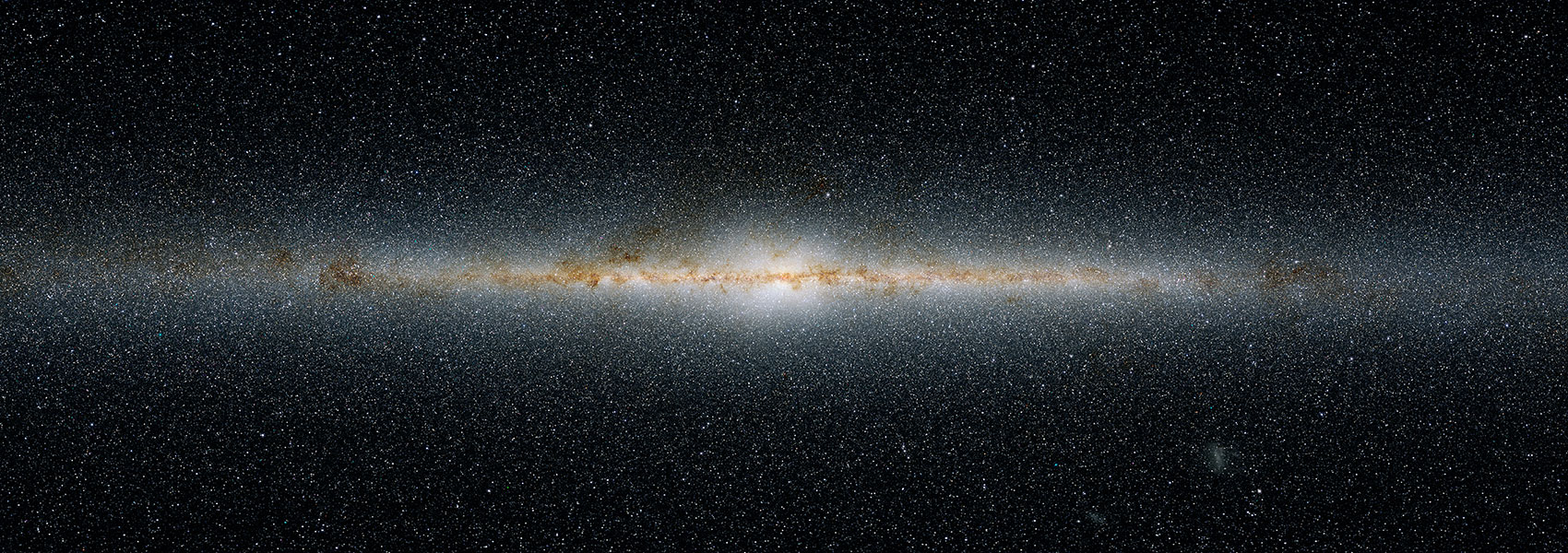December
2021
•
2021A&A...656A..50P
Authors
•
Pouilly, K.
•
Bouvier, J.
•
Alecian, E.
•
Alencar, S. H. P.
•
Cody, A. -M.
•
Donati, J. -F.
•
Grankin, K.
•
Rebull, L.
•
Folsom, C. P.
Abstract
•
Context. The so-called dippers are pre-main-sequence objects that accrete material from their circumstellar disks through the stellar magnetosphere. Their unique type of variability allows us to probe the magnetic star-disk interaction processes in young stellar objects.
Aims: We aim to characterize the magnetospheric accretion process in the young stellar object V807 Tau, one of the most stable dippers revealed by K2 in the Taurus star forming region.
Methods: We performed photometric and spectropolarimetric follow-up observations of this system with CFHT/ESPaDOnS in order to investigate the variability of the system over several rotational periods.
Results: We derive a 4.38 day period from the K2 dipper light curve. This period is also seen in the radial velocity variations, which we ascribe to spot modulation. The slightly redshifted narrow component of the He I 5876 Å line as well as the high velocity red wing of the Hβ and Hγ emission line profiles also vary in intensity with the same periodicity. The former traces the accretion shock at the stellar surface, and the latter is a signature of an accretion funnel flow crossing the line of sight. We derive a surface brightness map and the topology of the surface magnetic field from the modeling of Stokes I and V profiles, respectively, for photospheric lines and for the He I emission line. The latter reveals a bright spot at the stellar surface, located at a latitude of 60°, and a maximum field strength of ∼2 kG at this location. The topology of the magnetic field at the stellar surface is dominated by a dipolar component inclined by about 40° onto the spin axis. Variable blueshifted absorption components seen in the Balmer line profiles suggest episodic outflows. Despite of its clear and stable dipper behavior, we derive a relatively low inclination of 40° to 50° for this system, which calls question the origin of the dips. The low inclination we infer is also consistent with the absence of deep inverse P Cygni components in the line profiles.
Conclusions: We conclude that magnetospheric accretion is ongoing in V807 Tau, taking place through non-axisymmetric accretion funnel flows controlled by a strong, tilted, and mainly dipolar magnetic topology. Whether an inner disk warp resulting from this process can account for the dipper character of this source remains to be seen, given the low inclination of the system.
Based on observations obtained at the Canada-France-Hawaii Telescope (CFHT), which is operated by the National Research Council of Canada, the Institut National des Sciences de l'Univers of the Centre National de la Recherche Scientifique of France, and the University of Hawaii.
Links




